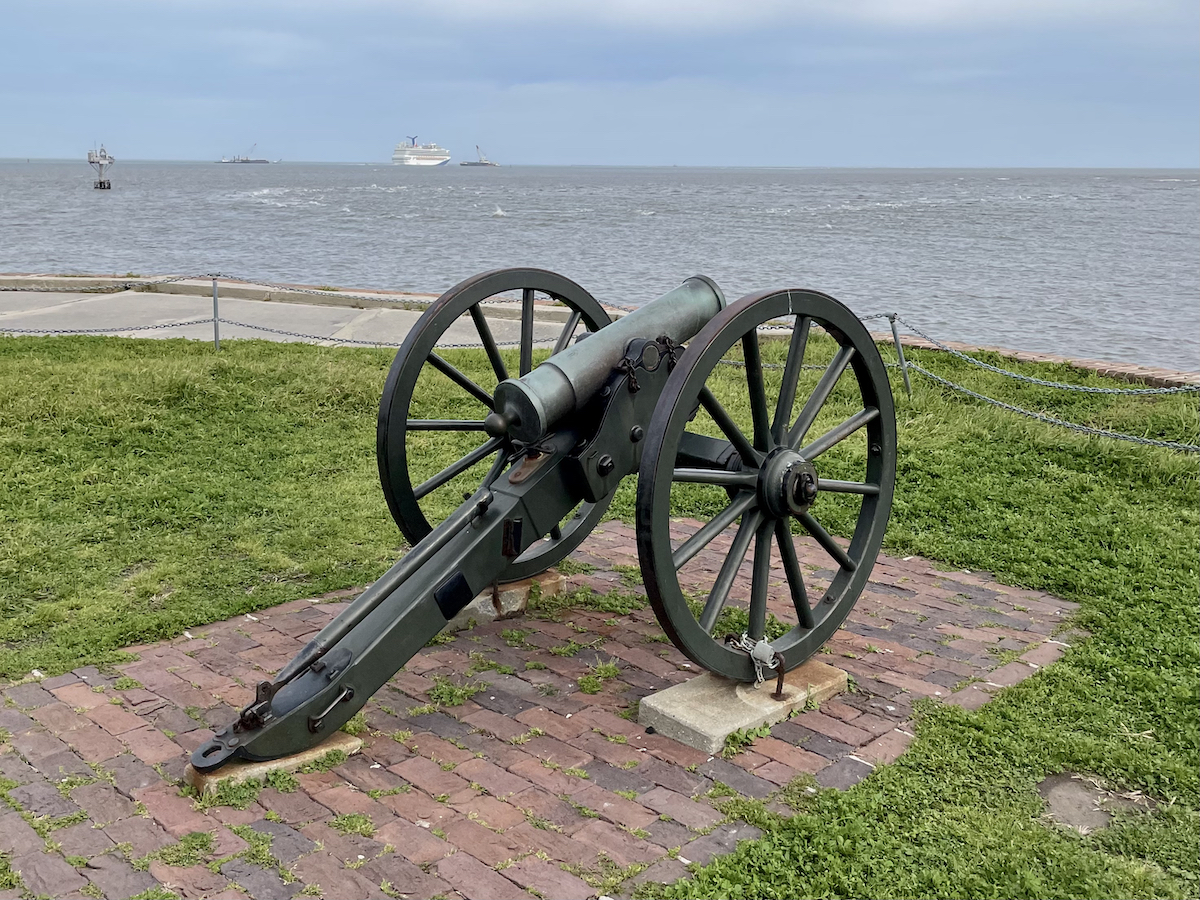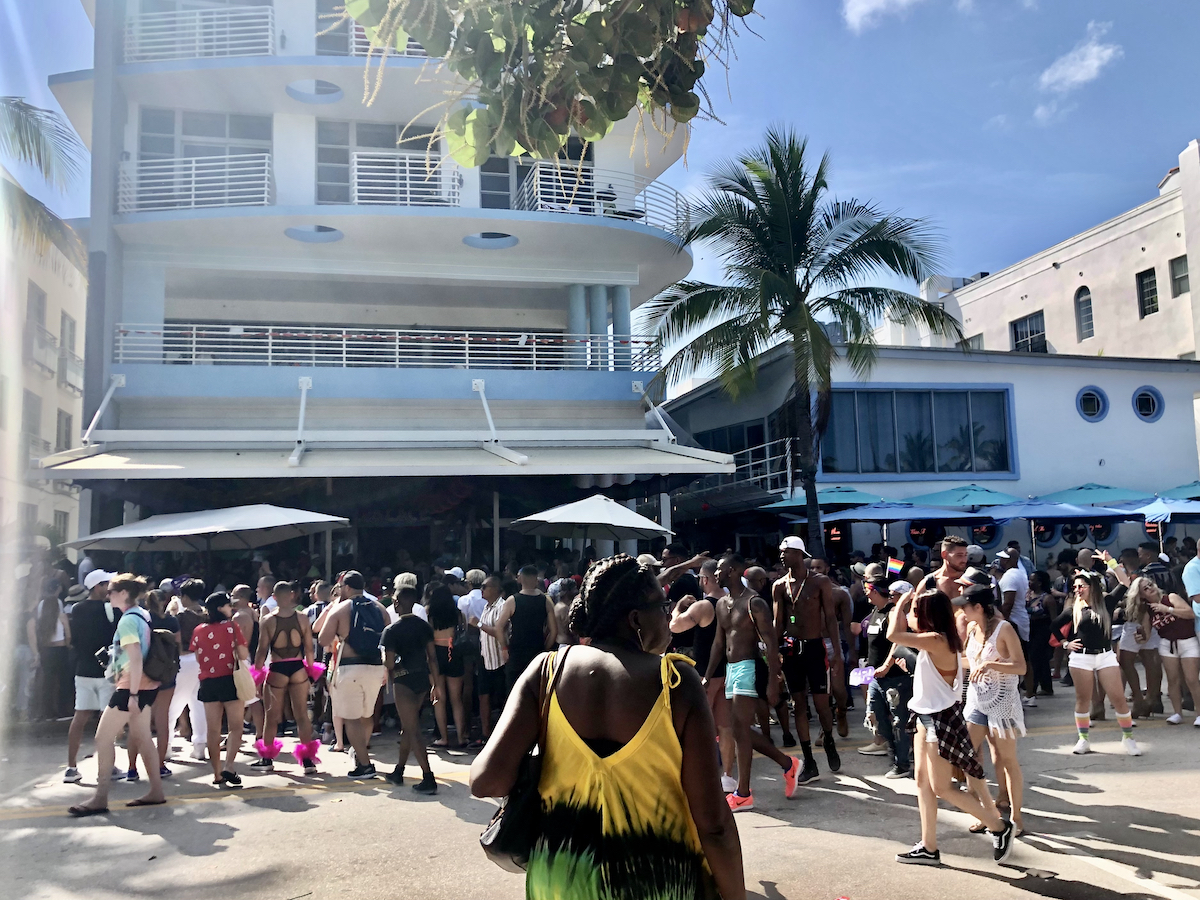Tag: USA
-

What It Was Like to Ride 2020 in NYC
A global pandemic, civil unrest and a contentious election: never forget our Year of Discontent.
-

It’s up to You…and New York
Can you make it there? It all depends on the story in which you’re bound to star.
-

Provincetown: The (Re) Birth of a Nation
The American experiment lives on in the land where the Pilgrims signed their first self-governing document.
-

5 LGBTQ+ Prides Around the World
Five hot spots in the world, how they celebrate Pride Month, and what it all means.
-

Tell Me You’re in California, without Telling Me
Diverse landscapes, renewable energy and respect for your fellow human being: that’s my California dreamin.
-

25 Instagrammable Things to Do in New York City
Here’s your guide to 25 of the most recognizable places and how to get there via Subway.
-

I Didn’t Bring my “PJs” to Aspen
Aspen will make you feel poor. Then its priceless landscapes will make you believe you are the wealthiest person walking on the face of Earth.
-

You Can Have Charleston
Stunning architecture, world-class gastronomy and a complicated past: I’m glad I checked the South Carolinian capital off my bucket list.

